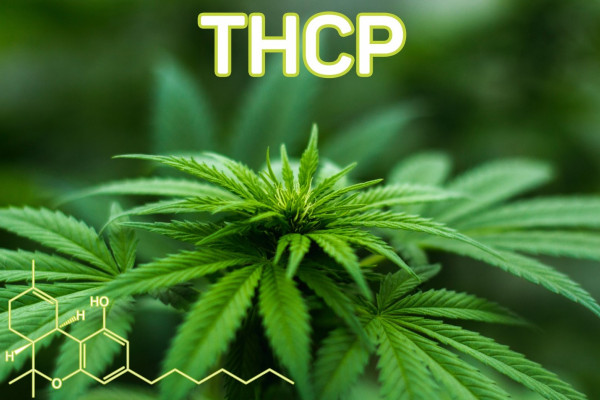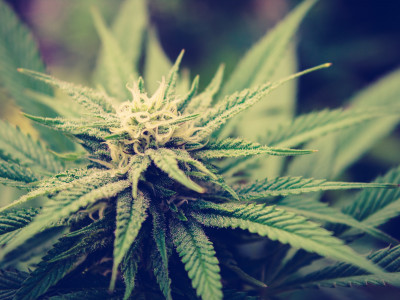0.00 грн.
CheckoutNew cannabinoids THCP and CBDP - features

Leading scientists from many countries in the fields of biology, chemistry, and medicine have been conducting research on hemp for many years. Their interest in this amazing plant is based on the fact that it contains a large amount of specific substances - cannabinoids, which have different effects on the human body.
How many cannabinoids are found in hemp
Cannabinoids are chemical compounds that interact with receptors in the body to produce a variety of physiological and psychological effects. Cannabinoids can be either endogenous, that is, produced by the body itself, or exogenous, that is, come from the outside, for example, from cannabis or its products. To date, about 150 phytocannabinoids are known to be produced in hemp plants.
Main properties of the most studied cannabinoids
The most famous and studied of them are tetrahydrocannabinol (THC) and cannabidiol (CBD). These substances have different properties that cause a specific effect on the human body. THC is the main psychoactive component of cannabis, which causes euphoria, relaxation, altered perception and other effects. Varieties of marijuana with high THC possess these properties to a greater extent. CBD does not have the same effects, but does have anticonvulsant, anxiolytic, and other beneficial properties.
Features of newly discovered cannabinoids
In 2019, a group of Italian scientists discovered two new phytocannabinoids - tetrahydrocannabiphorol (THCP) and cannabidiphorol (CBDP). The main feature of these substances is that they have an unusual molecular structure. This could potentially result in stronger potency compared to THC and CBD.
THCP and CBDP differ from THC and CBD in that they have a seven-unit side chain. In all other cannabinoids discovered to date, it consists of five units. The side chain determines how strongly a chemical compound binds to the CB1 and CB2 receptors in the endocannabinoid system. The more stable the connection, the stronger the observed effect.
Research results show that THCP binds 33 times more strongly to the CB1 receptor and 5–10 times more strongly to the CB2 receptor than THC. This means that THCP may be a more potent cannabinoid. In order to test this assumption, experiments were conducted on mice. Studies have shown that THC produces greater psychotropic activity than THC. However, the effects of THCP in humans have not yet been studied. It is unclear what concentration of THCP is present in different cannabis strains and how it interacts with other cannabinoids and terpenes. It is also unknown what side effects or risks there may be from using THCP, especially with chronic or high-dose use.
The features of cannabidiphorol are that it may be a more effective and safer agent for the treatment of various diseases associated with the endocannabinoid system. These include:
- epilepsy;
- Parkinson's disease;
- Alzheimer's disease;
- chronic pain;
- inflammatory processes;
- depression and anxiety.
CBDP may also have anticancer, antifungal and antibacterial properties. However, it is not yet clear what the concentration of CBDP is in different varieties of hemp, how it interacts with other cannabinoids and terpenes.
The discovery of THCP and CBDP could have great implications for the medical and recreational use of cannabis and stimulate further search and study of other cannabinoids.
The material does not encourage the use of hemp plants and is provided for scientific informational purposes, play sports and be healthy.


